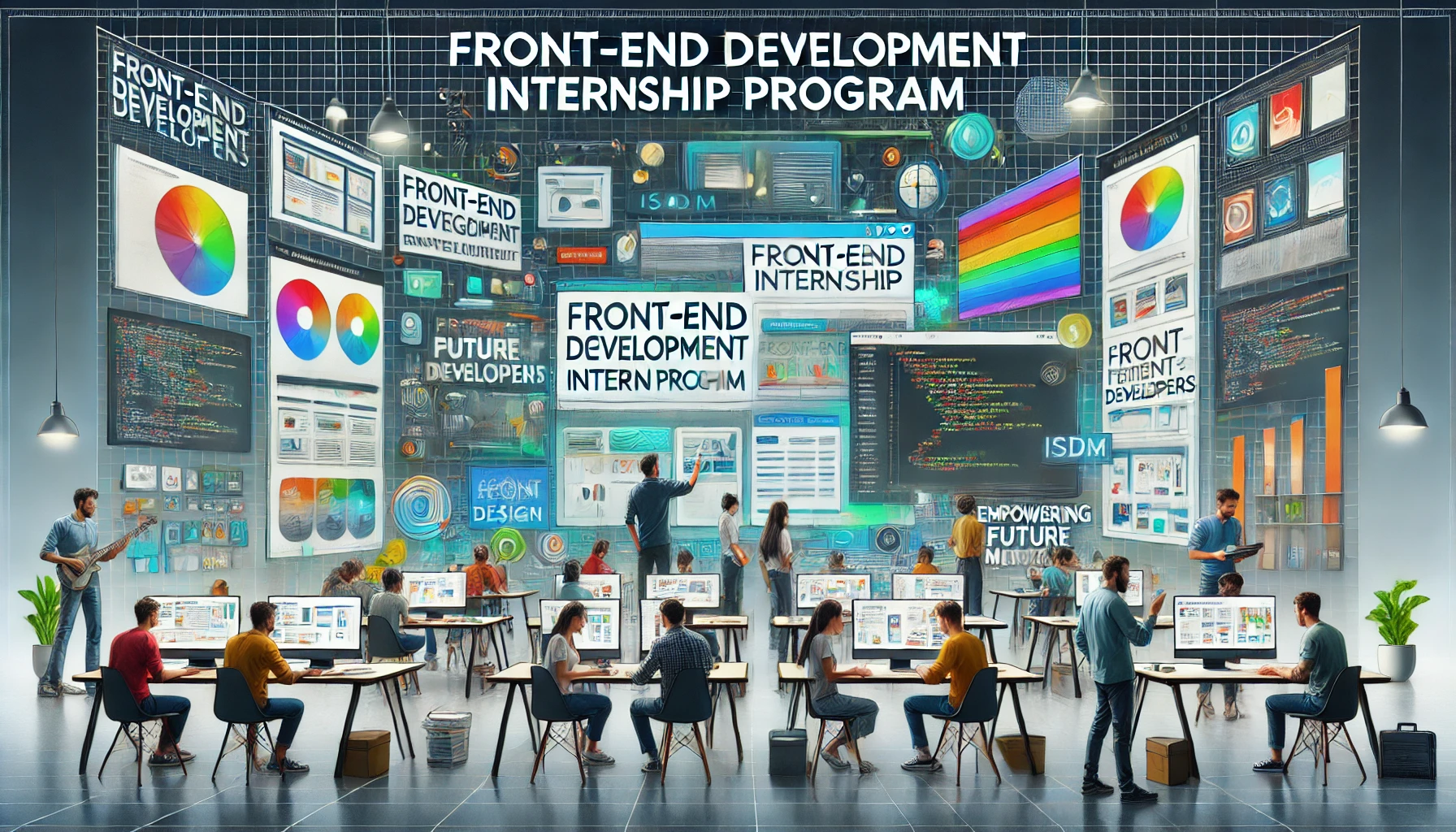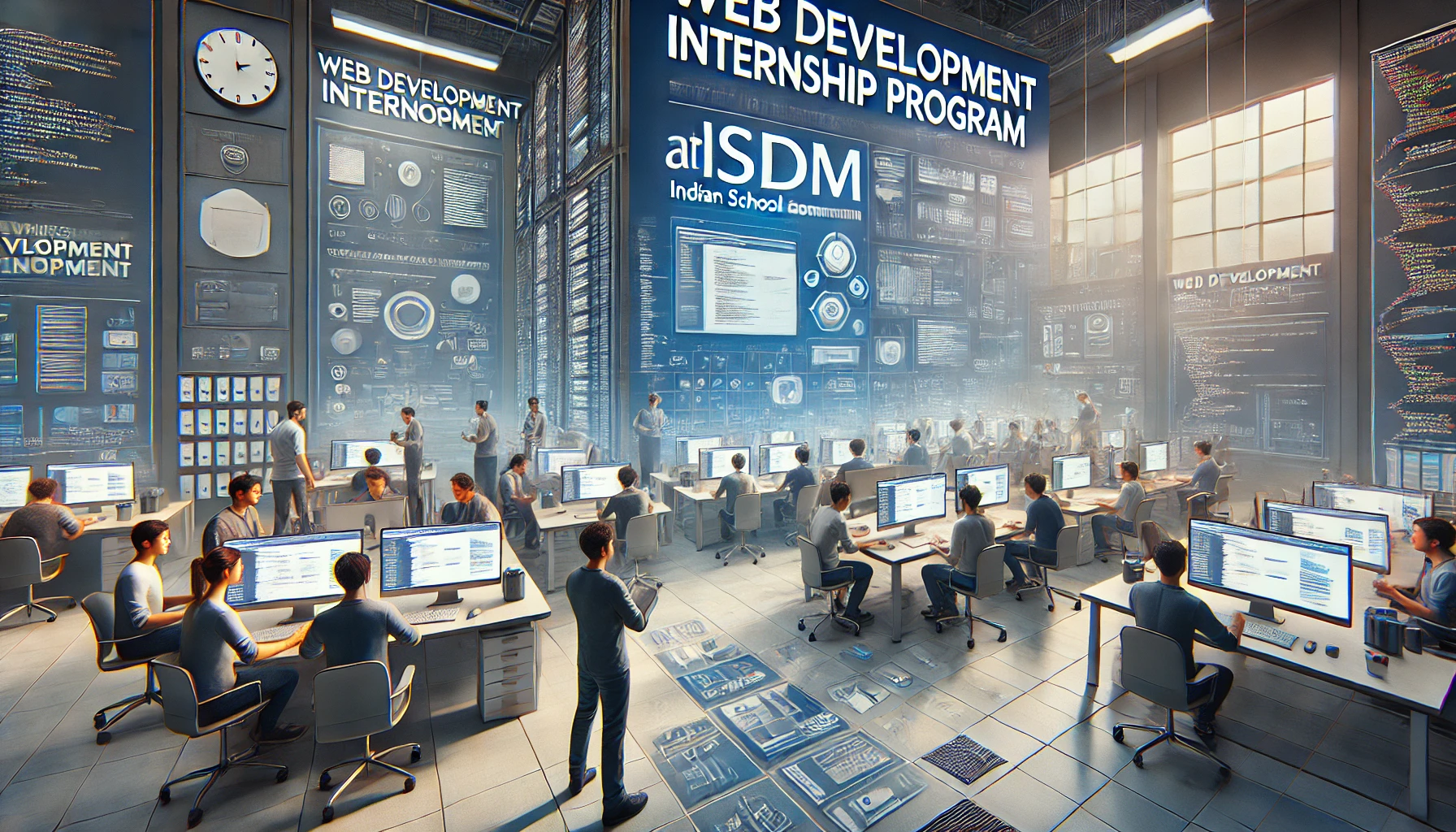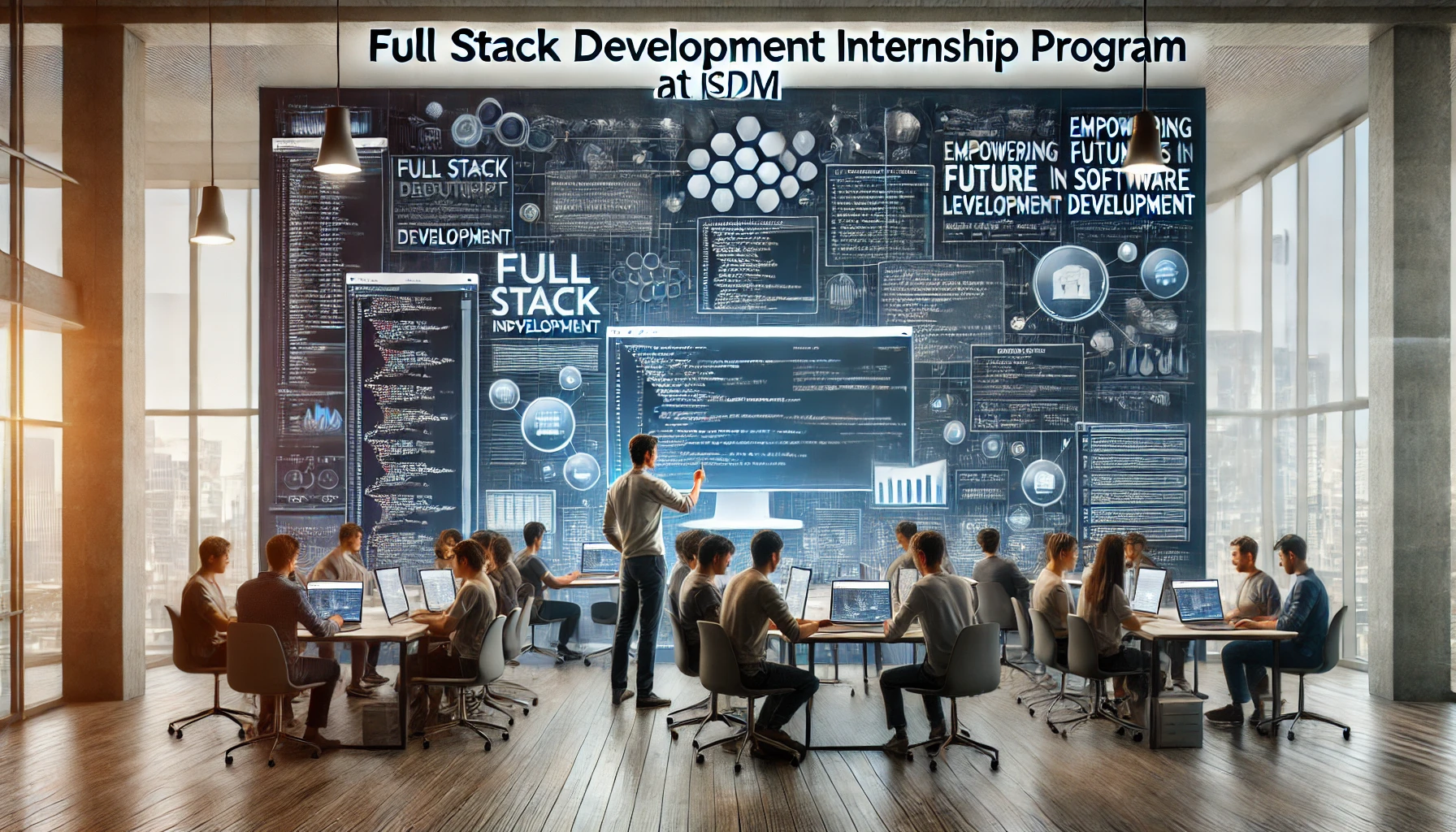Diploma in Multimedia
About : Diploma in Multimedia
A Diploma in Multimedia is an educational program that focuses on providing students with a comprehensive understanding of various aspects of multimedia, which encompasses the combination of different media types such as text, audio, images, animations, and video. This field is highly interdisciplinary and involves the integration of technology and creative skills.
Here are some key aspects typically covered in a Diploma in Multimedia program:
Graphic Design: Students learn the principles of graphic design, including creating visual elements, layouts, and using design software such as Adobe Photoshop and Illustrator.
Web Design and Development: This involves creating and maintaining websites. Students may learn HTML, CSS, and other web development tools to design and build interactive and visually appealing websites.
Animation: This can include both 2D and 3D animation. Students may learn animation techniques, software tools like Autodesk Maya or Blender, and storytelling through animation.
Video Editing: This involves learning the art and techniques of video editing using software like Adobe Premiere Pro or Final Cut Pro.
Audio Production: Understanding audio editing and production, including recording, editing, and mixing sound for multimedia projects.
Interactive Media: Students may learn to create interactive media experiences, such as interactive websites, games, or applications.
Digital Marketing: Some programs may cover the basics of digital marketing, including social media marketing, search engine optimization (SEO), and online advertising.
Project Management: Skills in project management are often included to prepare students for coordinating and managing multimedia projects from conception to completion.
Portfolio Development: Creating a portfolio is often a crucial part of a multimedia program. This allows students to showcase their work to potential employers.
Communication and Collaboration: Multimedia projects often require collaboration among team members. Therefore, effective communication and teamwork skills are emphasized.
Diploma in Multimedia
Introduction to Multimedia:
- Overview of multimedia concepts and applications.
- Historical perspective and evolution of multimedia.
Graphic Design:
- Principles of design and layout.
- Typography.
- Color theory.
- Image editing using software like Adobe Photoshop.
Web Design and Development:
- HTML and CSS basics.
- Website layout and structure.
- Introduction to web development tools.
- Responsive web design.
Animation:
- Principles of animation.
- 2D and 3D animation techniques.
- Animation software training (e.g., Adobe Animate, Blender, Autodesk Maya).
Video Editing:
- Basics of video production.
- Video editing techniques.
- Editing software training (e.g., Adobe Premiere Pro, Final Cut Pro).
Audio Production:
- Basics of sound and audio.
- Audio recording and editing.
- Audio mixing and effects.
- Software training (e.g., Audacity, Adobe Audition).
Interactive Media:
- Introduction to interactive media.
- Creating interactive websites.
- Basics of game development.
Digital Marketing:
- Overview of digital marketing concepts.
- Social media marketing.
- Search engine optimization (SEO).
- Online advertising.
Project Management:
- Basics of project management.
- Planning and executing multimedia projects.
- Team collaboration and communication.
Portfolio Development:
- Creating a portfolio showcasing multimedia projects.
- Presentation skills.
Industry Trends and Emerging Technologies:
- Staying updated on the latest trends in multimedia.
- Exploration of emerging technologies in the field.
Practical / Theory Ratio
Carrer options in :Diploma in Multimedia
A Diploma in Multimedia opens up a range of career options in diverse industries that leverage multimedia skills. Here are some common career paths for individuals with a diploma in multimedia:
Graphic Designer:
- Design visual content for print and digital media.
- Work on branding, advertisements, and marketing materials.
Web Designer/Developer:
- Create visually appealing and functional websites.
- Use HTML, CSS, and other web development tools.
Animator:
- Create 2D or 3D animations for various purposes, including entertainment and advertising.
Video Editor:
- Edit and assemble raw footage into polished videos.
- Work in film, television, or online content creation.
Audiovisual Specialist:
- Handle audio and visual components of multimedia projects.
- Work on sound design, audio editing, and visual effects.
Digital Marketing Specialist:
- Use multimedia skills for creating engaging digital marketing content.
- Manage social media, design online ads, and optimize content for SEO.
UI/UX Designer:
- Design user interfaces and experiences for websites and applications.
- Focus on creating user-friendly and visually appealing digital interfaces.
Game Designer/Developer:
- Work in the gaming industry to design and develop interactive games.
- Combine multimedia skills with programming knowledge.
Multimedia Content Creator:
- Produce a variety of multimedia content for online platforms.
- This could include blog graphics, social media content, and more.
Interactive Media Developer:
- Create interactive and engaging media experiences, such as interactive websites or educational applications.
Advertising Designer:
- Develop visual content for advertising campaigns.
- Collaborate with marketing teams to create compelling advertisements.
E-learning Developer:
- Create multimedia content for online courses and educational platforms.
- Combine instructional design principles with multimedia skills.
Digital Illustrator:
- Create digital illustrations for various purposes, including books, websites, and marketing materials.
Freelancer/Entrepreneur:
- Start your own multimedia design business or work as a freelancer.
- Offer services in graphic design, web development, or other multimedia-related areas.
Media Production Assistant:
- Assist in the production of multimedia content for television, film, or online platforms.
Multimedia Educator/Trainer:
- Teach multimedia skills at educational institutions or as a private trainer.
More Enquiry
Enter your
Details
Also Read
Internship: Front-End Development Internship Program
Introduction to Front-End Development Internship Program The Front-End Development Internship Program is designed to equip…
Internship: Web Development Internship Program
The Web Development Internship Program is designed to equip students with hands-on experience in building…
Internship: Full Stack Development Internship
Duration: 30 Working Days Includes: Practical Sessions, Live Projects, Certificate and Report Week 1: Introduction…
Internship: Executive Management Internship Program:
Week 1: Foundations of Executive Leadership Day 1: Program Orientation & Introduction to Executive Management…











